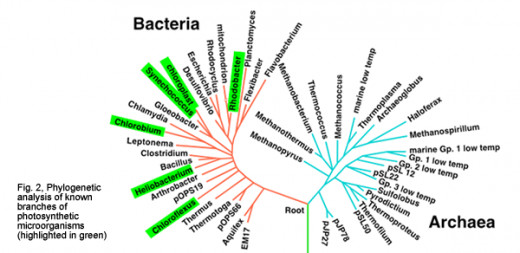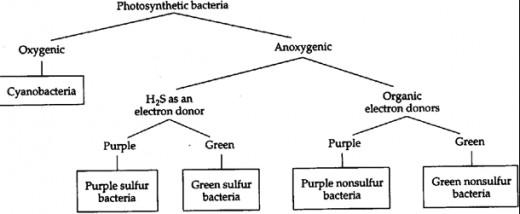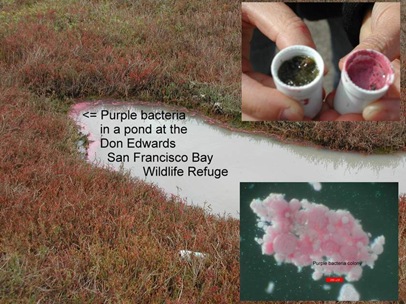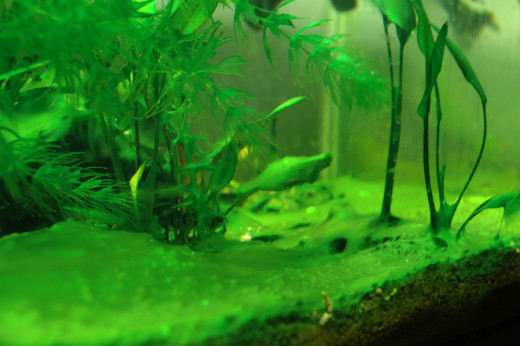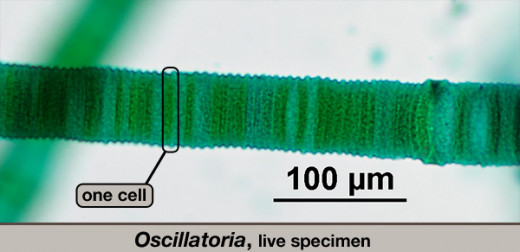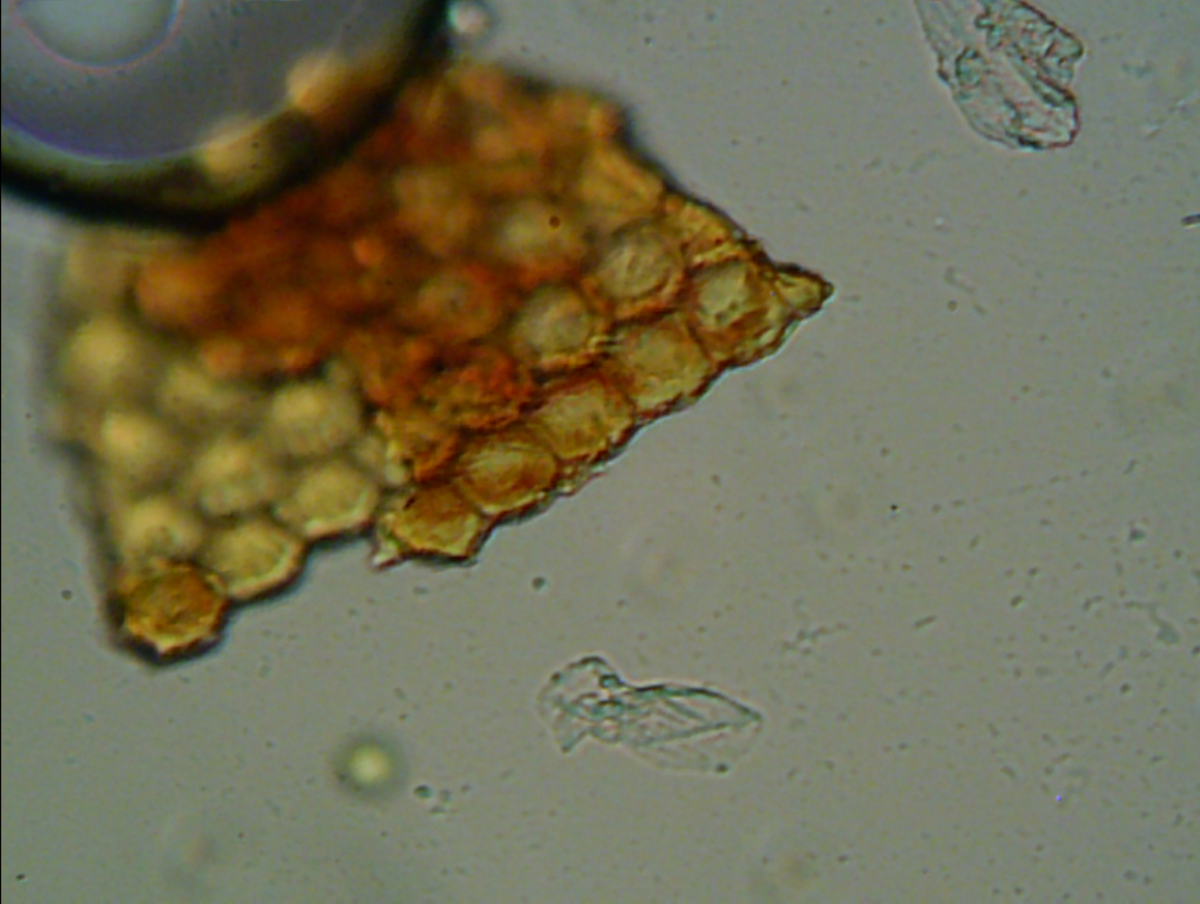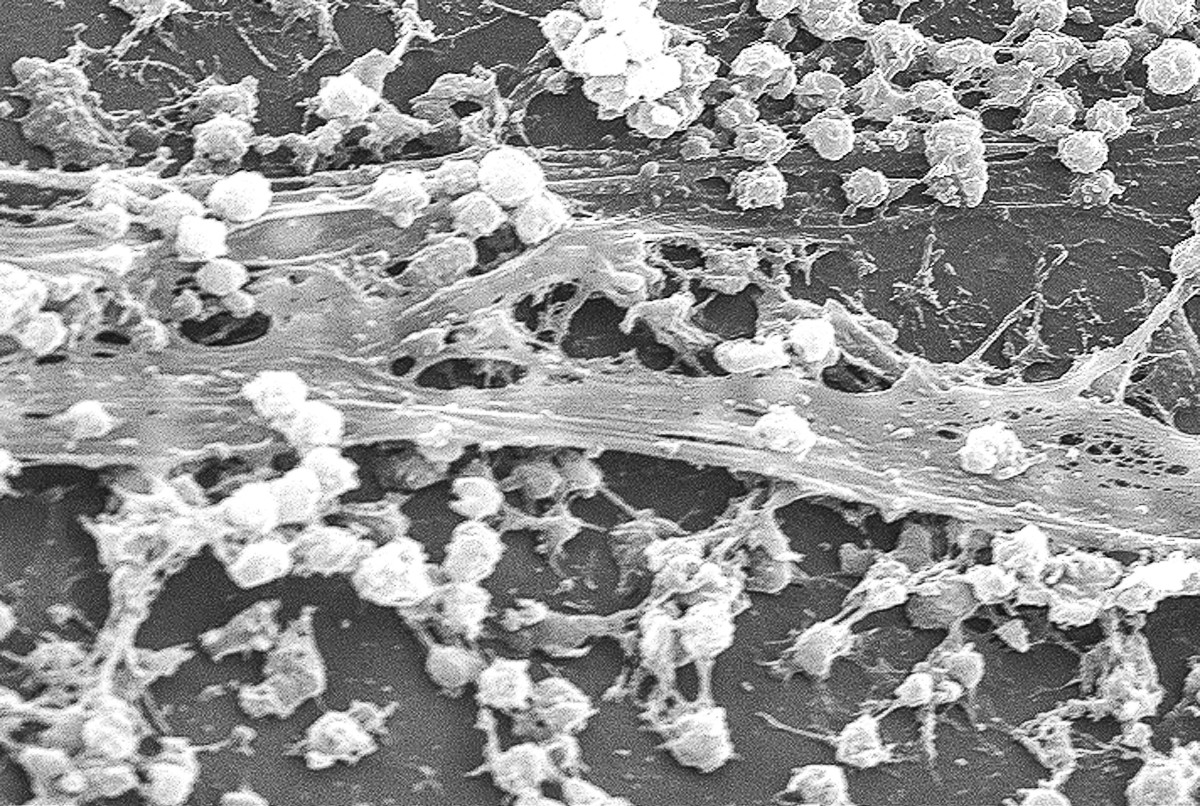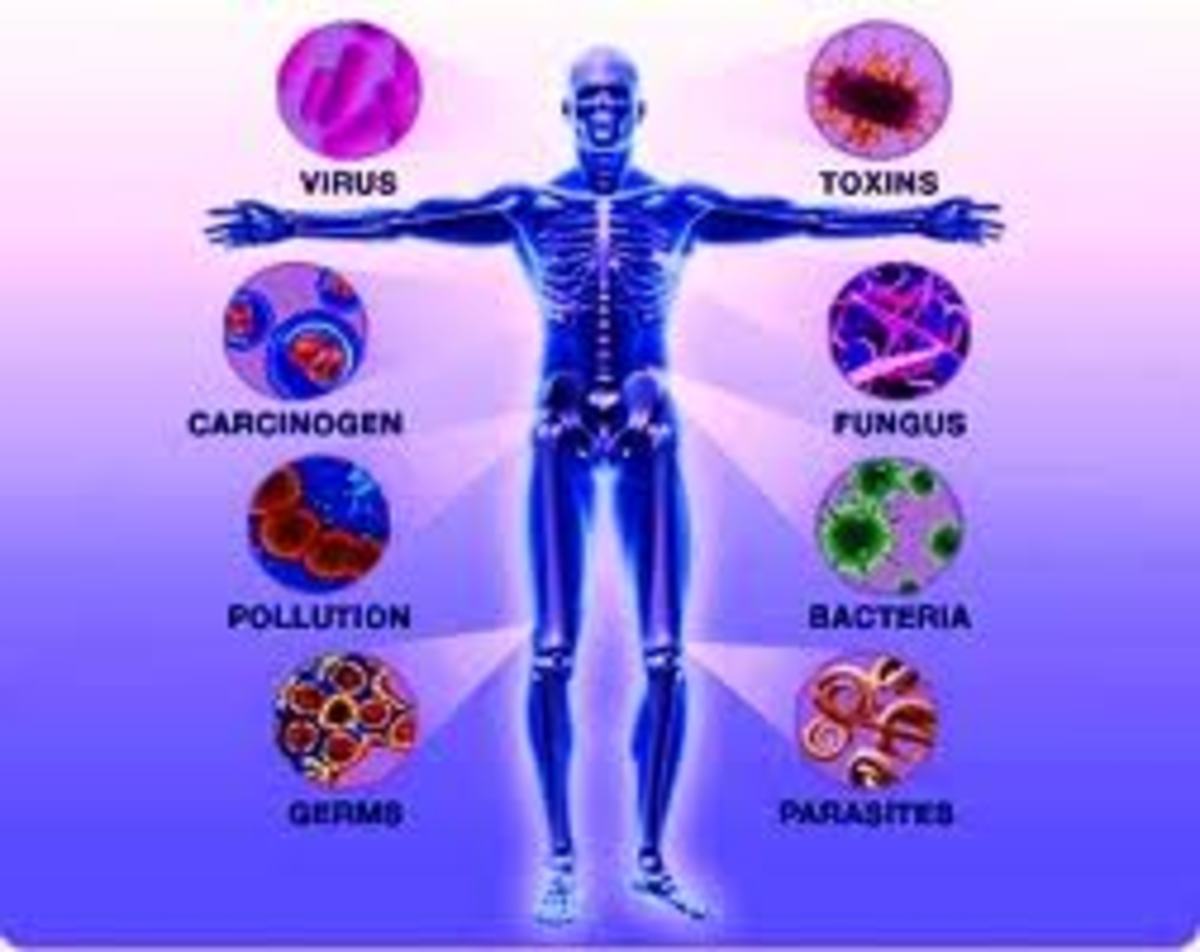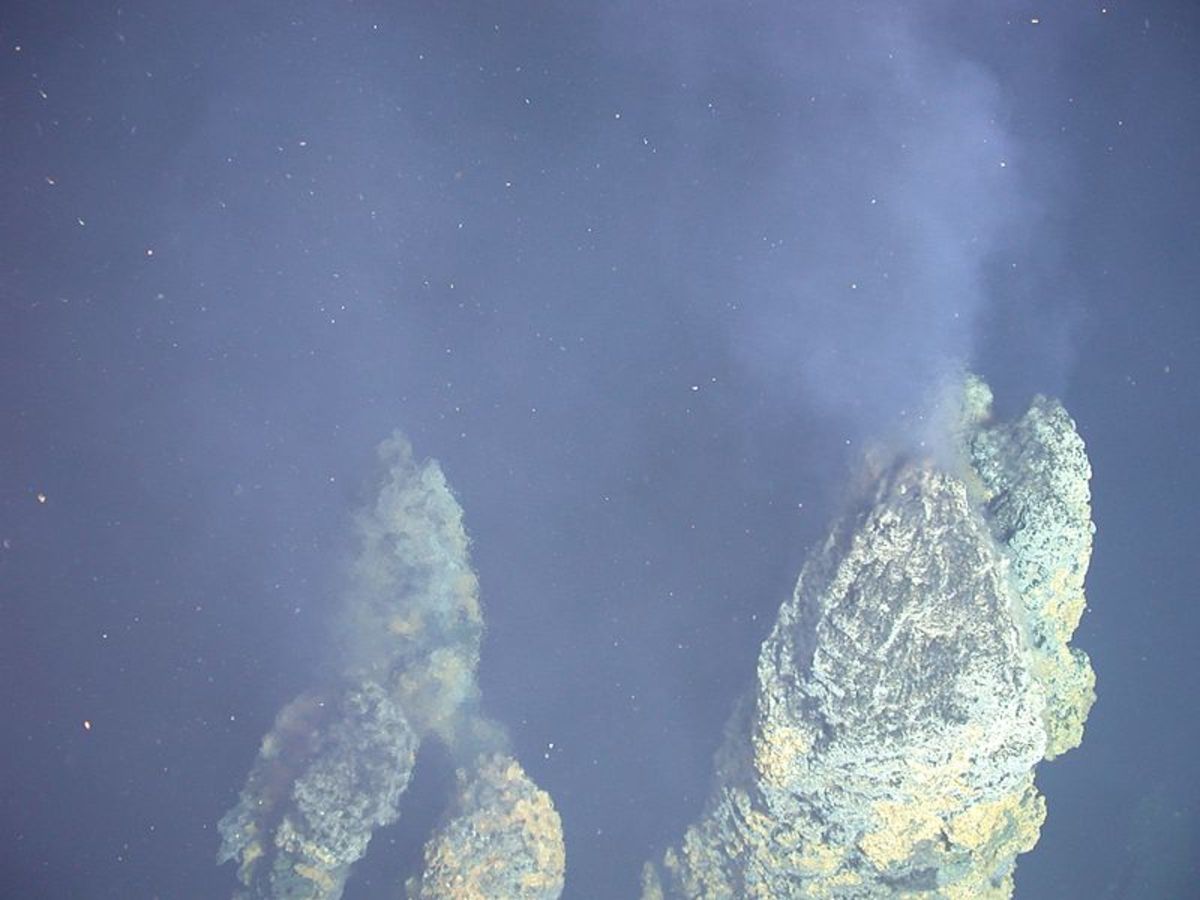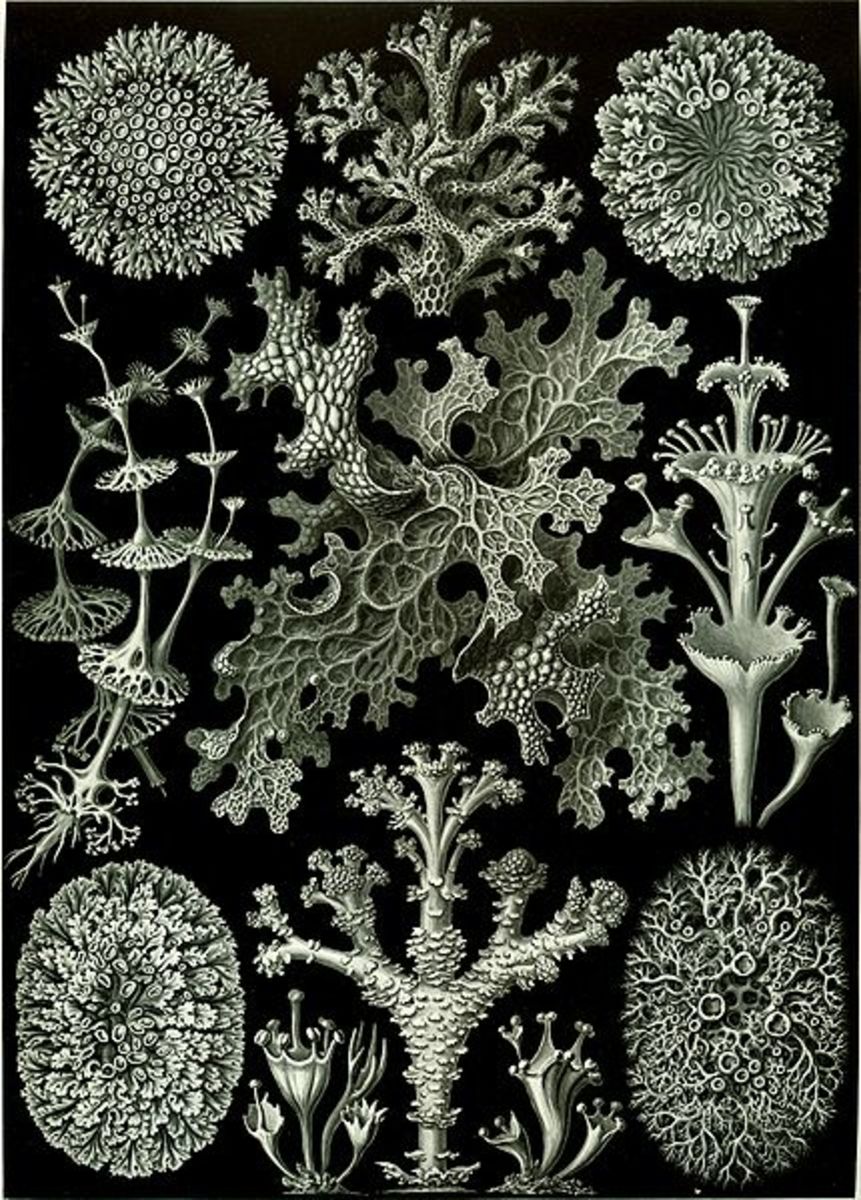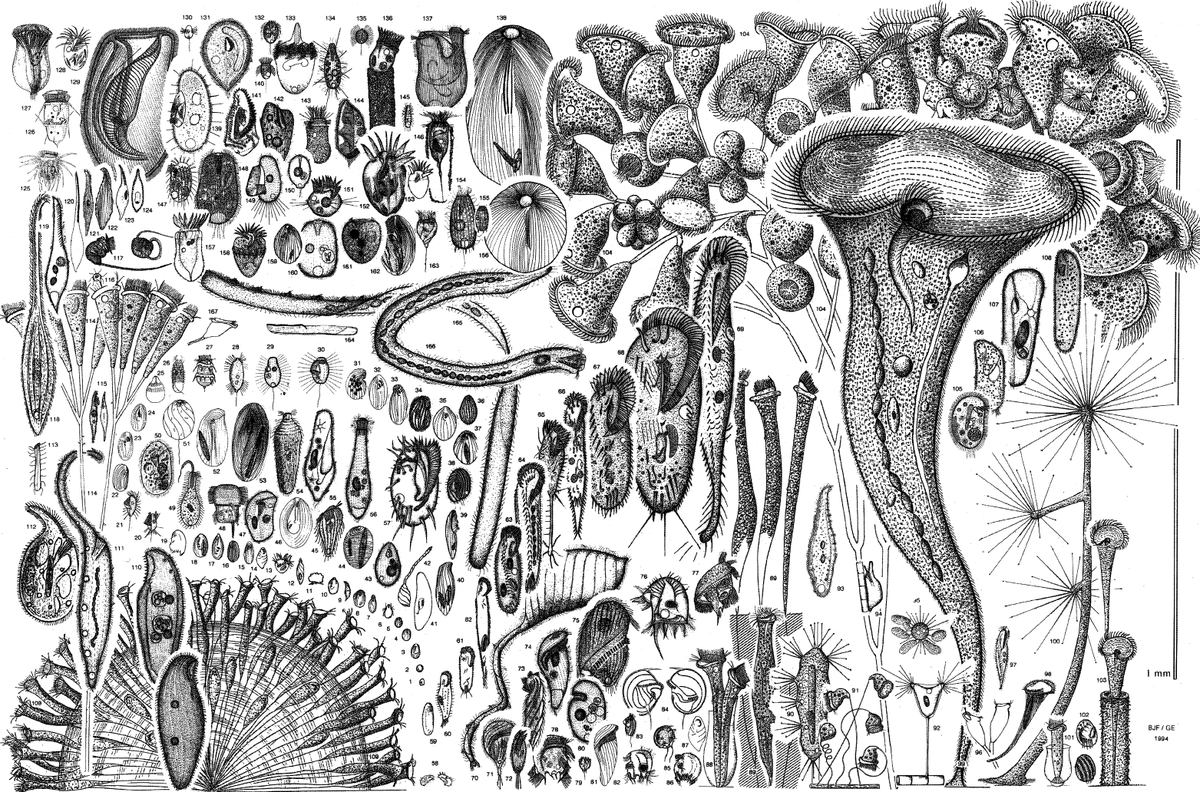PHOTOSYNTHETIC BACTERIA: GREEN BACTERIA, PURPLE BACTERIA & CYANOBACTERIA
PHOTOSYNTHETIC BACTERIA: GREEN BACTERIA, PURPLE BACTERIA & CYANOBACTERIA
MAIN CHARACTERISTIC FEATURES OF MAJOR GROUPS OF BACTERIA
PHOTOSYNTHETIC BACTERIA
These micro-organisms are special types of bacteria that contain light absorbing pigments called bacteriochlorophyll, and reaction centers which make them capable of converting light energy into chemical energy and allow them to photosynthesize.
All the photosynthetic bacteria are Gram negative bacteria. They are classified as follows:
Chlorobi:
These are also known as Green sulphur bacteria as they use reduced sulphur compounds as electron donor. Sulphur granules are located outside the cell. All of these carry out Anoxygenic photosynthesis. Their cells contain bacteriochlorophyll c or d located in chlorobium vesicles attached to the cytoplasmic membrane.
All the bacteria of this group are non-motile and occur in various shapes such as spheres, rods, and spirals. All bacteria can be able to survive in extreme conditions, like in the ocean near a black smoker in Mexico.
Chloroflexi:
These are also known as Green nonsulphur bacteria as these cannot use reduced sulphur compounds as electron donor.they also carry out Anoxygenic photosynthesis. Unlike the chlorobi group, they are motile and motility is by using filaments. Members of this group can either be photoautotrophic (create their own energy through the sun’s energy); chemoorganotropic (requires a source of carbon); or photoheterotrophic (don’t use carbon dioxide for their carbon source).
Proteobacteria:
This group is divided into two subgroups:
Purple sulphur bacteria (gama proteobacteria); e.g. Chromatium. As the name suggests these bacteria use sulphur and sulphide as the sole photosynthetic electron donor and sulphur can be oxidized to sulphate. They also use hydrogen sulfide as their reducing agent, which is why they give off sulfur rather than oxygen. They are also able to fix CO2 to live. They are short in size, about ~1 µm in diameter and 3-4 µm long.
Members of this group are found in either stagnant water or hot sulfuric springs, as they cannot photosynthesize in places that have an abundance of oxygen.
Purple sulphur bacteria can produce sulfur particles inside their cells, and hence, called as Chromatiaceae. It can produce sulphur particles outside their cells, and called as Ectothiorhodospiraceae.
Another subgroup of Proteobacteria is the Purple nonsulphur bacteria (alpha and beta proteobacteria; Rhodospirillaceae); e.g. Rhodospirillum. As the name suggests, these are not able to use elemental sulphur as electron donor and typically use an organic electron donor, such as succinate or malate; can also use hydrogen gas as its reducing agent. These can tolerate small amounts of sulfur, but are sensitive to too much hydrogen sulfide.
Members of this group can grow aerobically in the dark by respiration on an organic carbon source. All the cells helical in shape unlike the Purple sulphur bacteria, ~1 µm in diameter and variable in length. These contain bacteriochlorophyll a or b located on specialized membranes continuous with the cytoplasmic membrane.
The largest and most diverse group of photosynthetic bacteria is Cyanobacteria (Cyanophyta ): these are also known as Prokaryotic blue green algae as all are photoautotrophs. They are characterized by their ability to perform oxygenic photosynthesis using water as electron source.
All the members are widespread in soil, freshwater and marine habits. Some of the members are thermophilic forms. They use CO2 as their sole carbon source and light as their energy source. All store carbohydrates, lipids, and the nitrogenous cyanophycin. Among this group there is diversity in shape and arrangement from unicellular cocci or rods to long trichomes. The unicellular forms are non motile; trichome formers possess gliding motility. The G + C content of cyanobacteria is 35-71%.
Their Photosynthetic system closely resembles that of eukaryotes because they use the same photosynthetic pathway as eukaryotic cells such as algae and higher plants (the "C3" or "Calvin" cycle). They have chlorophyll a as major pigment; phycobiliproteins is present as an accessory pigment; and has photosystem II and oxygenic photosynthesis. The photosynthetic pigments and electron transport chain components are present in thylakoid membrane lined with phycobilisomes.
They show diversity in reproduction as binary fission, budding, multiple fission and fragmentation. Some forms contain small motile filaments called as Hormogonia. In unfavourable condition like desiccation, some forms develop dormant thick walled resting cells called Akinetes.
They can fix both nitrogen and produce oxygen. Use atmospheric nitrogen and convert it into nitrate and nitrite in some specialized cells called as Heterocyst, present in filamentous forms of cyanobacteria. Cyanobacteria forms symbiotic relationship with fungi in lichens. They have the distinction of being the oldest known fossils. Human relevance of the blue-green bacteria is that it occurs at the bottom of food chains, Produce blooms in water and cause undesirable effects in human water supplies.
Examples: Chemaesiphon: non motile; 31-71% G+C.
Pleurocapsa: only some are motile; 40-46% G+C
Spirulina, Oscillatoria, Lyngbya: motile: 34-67% G+C
Anabaena, Nostoc: motile, produce akinetes, 38-47% G+C
Geitleria: may produce akinetes; 42-44% G+C.
Importance of photosynthetic bacteria:
Photobacteria could have multiple biotechnological applications such as
Since all photosynthetic bacteria still possess ancient arrangement and structure of their photosynthetic apparatus. It also gives an evolutionary evidence for origin of chloroplasts.
The use of chemical reductants other than water by photosynthetic bacteria is a strong geological evidence to support the theory of ancient reducing atmosphere on the Earth.
The cyanobacteria have also been tremendously important in shaping the course of evolution and ecological change throughout earth's history.
Production of enzymes and pharmaceuticals for the simplest reason that no carbon source needs to be added in their growth medium. Researchers at Harvard’s Wyss Institute have engineered photosynthetic bacteria to produce simple sugars and lactic acid.
A Spirulina cyanobacterium is used as food. Some of them can also be used as animal feed
They have Potential application in bioremediation of polluted aquatic environments since they can grow and utilize toxic substances like H2S or H2S2O3.
The ongoing research is to use these bacteria to produce clean fuels using light energy in the process of photosynthesis.
Cyanobacteria are important providers of nitrogen fertilizer in the cultivation of paddy and beans.
Cyanobacteria are used as important Bio-fertilizers.
